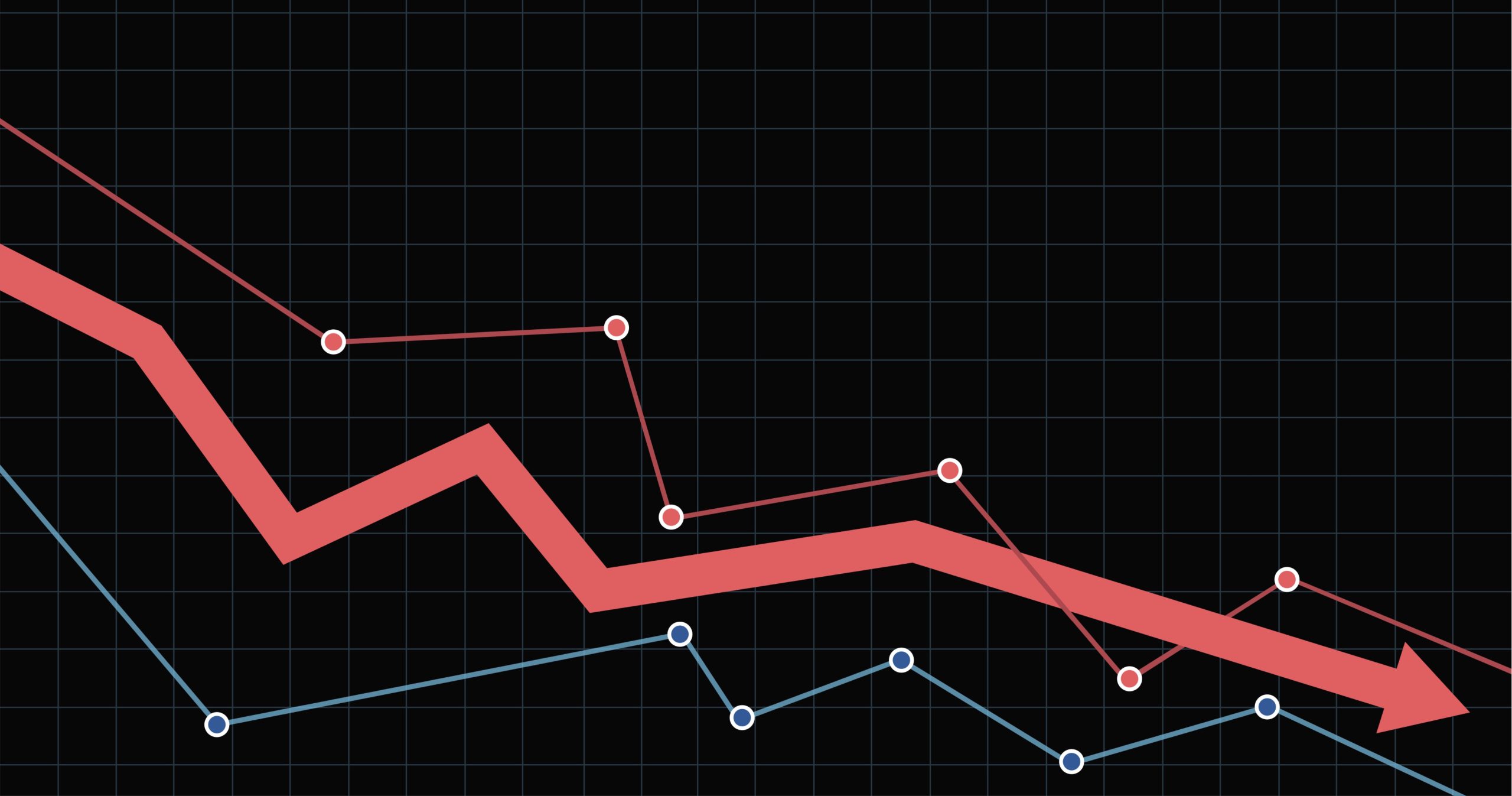Building Systems or Fighting Fires
Every business owner has found themselves fighting a financial fire in their business or personal life, and sometimes both at the same time. You are not alone, we have all been there. It doesn’t mean that you did a bad job anticipating for it, it means that there was a system problem somewhere within your business model. The good news is that there are ways to build systems and automate most of the implementation so you can focus on growing your business and not fighting fires. It’s less stressful and way more enjoyable. And let’s face it, we could all use less stress these days.
There are three leading causes for financial fires to break out:
– Failing to Prepare Financially for Changes in Cost Structure During Growth
– Integration of Liquidity and Credit Availability
– Failing to Properly Estimate and Reserve for Taxes
Changes in Cost Structure During Growth
This first area can be increasingly complex as growth ramps up to a higher pace. For most businesses, expense growth typically looks like a punctuated equilibrium where your costs go up incrementally due to inflation in wages or goods or vendor costs but mostly stays the same from month to month. But what inevitably happens is that we hit a friction point where it becomes necessary to add a large expense all at once. Maybe you’re hiring a key staff member, building a second production line, or adding a branch office. These events punctuate the equilibrium cost structure and force us to adapt quickly.
So how do we attack this problem before it becomes a financial fire? Your best route is to create variable cost models, which allows you to come up with a general forecast for your total additional cost paired with an estimate of when that new cost may occur. This requires building multiple variants for your business financial models. For instance, you think you will need to add a second production line for your widget factory when the sales volume is somewhere between 200-300% of what it is today. Your sales growth figures show that you may hit that range within the next year or two, but you’re not sure. You’re also not sure what the labor costs for construction will be at that point and labor accounts for, let’s say, 35% of the costs. There are a lot of unknowns here. The best way to plan for this punctuation in your cost equilibrium is to show a range of costs occurring both next year and the following year, and what that will do to your cash flow and needs for reserves or credit. It makes the planning process much more complicated, but by running your estimates in multiple ways, you are mentally prepared when it does occur.
Integration of Liquidity and Credit Availability
Back to our example of adding a production line. Let’s imagine that the total cost is estimated at between $400,000 and $600,000, and you think you will need that capital next year or the year after. Where does it come from? If you are fortunate enough, it comes from working capital accounts or purpose specific accounts to fund growth. But for most of us, we need to rely on either liquidity outside of the business or credit to help meet our needs. Banking relationships can be a great tool as their willingness to provide access to lines of credit and secured lending is a major source for needed funds. You can also issue new debt or even sell equity to investors in your circle. Ideally, you’ll want to separate your personal balance sheet from that of the business and rely entirely on the business’s ability to raise capital through equity or debt. But, in a pinch, you can always loan to the business personally if you need to. Whichever combination of sources you use, be sure to have a game plan for accessing the funds so that you can meet the need when it comes.
Failing to Properly Estimate and Reserve for Taxes
If this isn’t one of the top three pain points business owners experience, then I can’t imagine what would come out ahead. It’s also one of the simplest ones to address. Having a relationship with a solid CPA who understands you, your business, and your industry (in that order) is fundamental. Maintaining good books and records internally, and providing that to them on a regular basis, allows you to have a productive partnership and the ability to estimate your tax bill ahead of time. From there, it’s a matter of creating purpose specific financial accounts where you regularly, monthly or quarterly, transfer funds to pre-fund your tax payments. Writing the check is never fun, but it’s much better than scrambling to come up with the money last minute, or even worse, paying penalties.
These are all critical elements of business financial management, but once you build the systems to estimate, pre-plan, and pre-fund you can put most of the financial firefighting behind you.
Have any questions? We’re here to help!
{{cta(‘b98204c7-0e0e-4d3b-895d-e54ef00e4f97’)}}
Share this
Build a Resilient Retirement
Don’t wait—download our essential retirement guide and start planning for a secure future.

Achieve Your Retirement Goals
Get personalized advice to meet your retirement goals. Book your call with Destiny Capital now.


